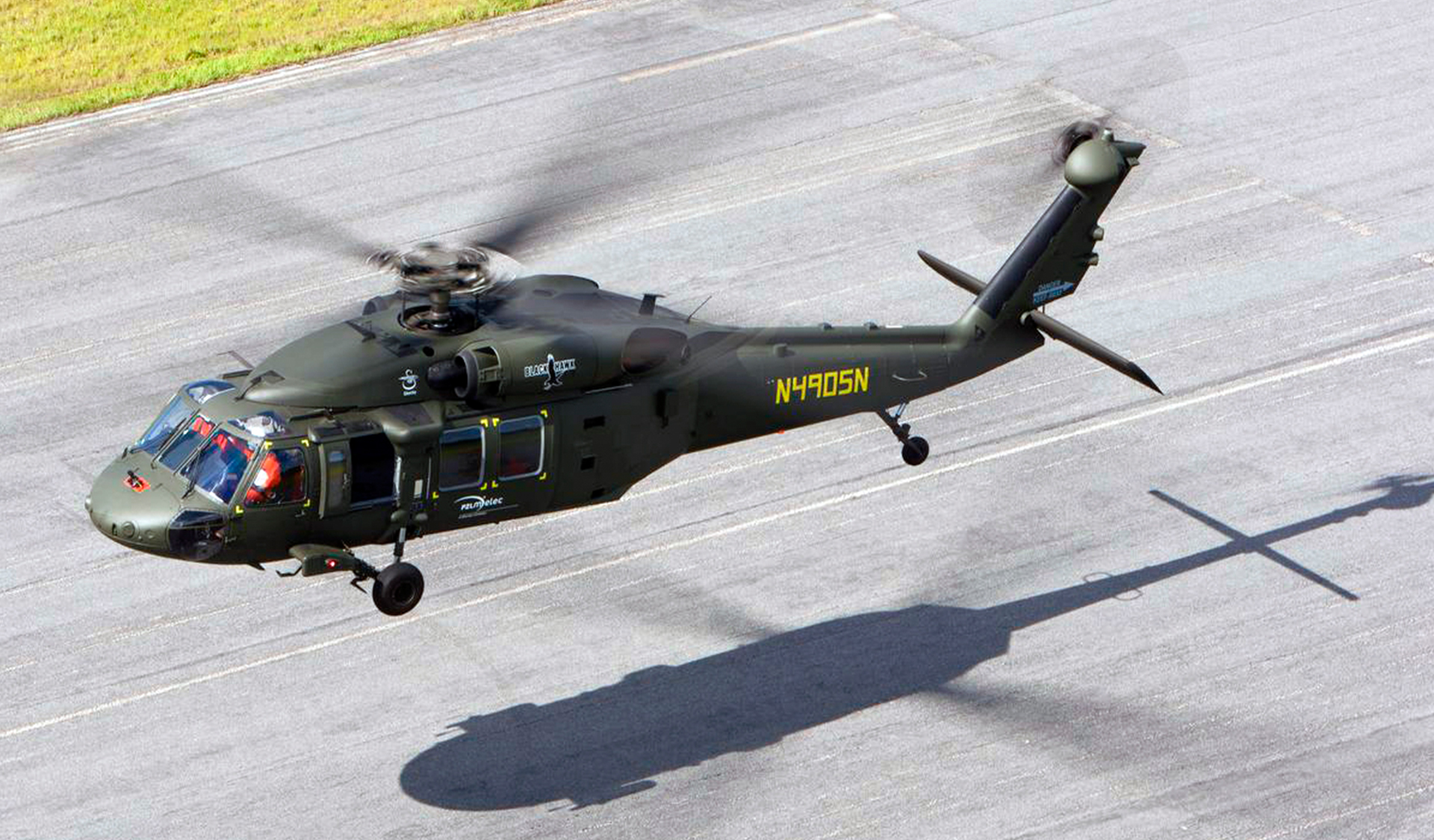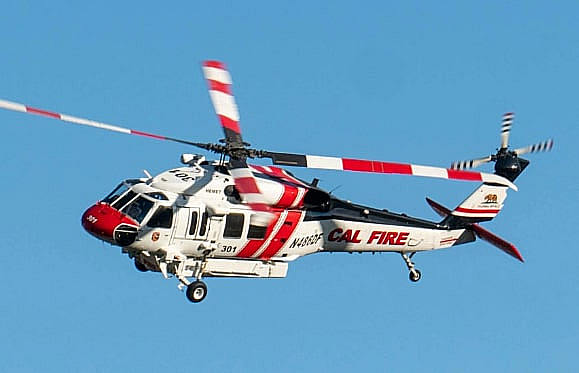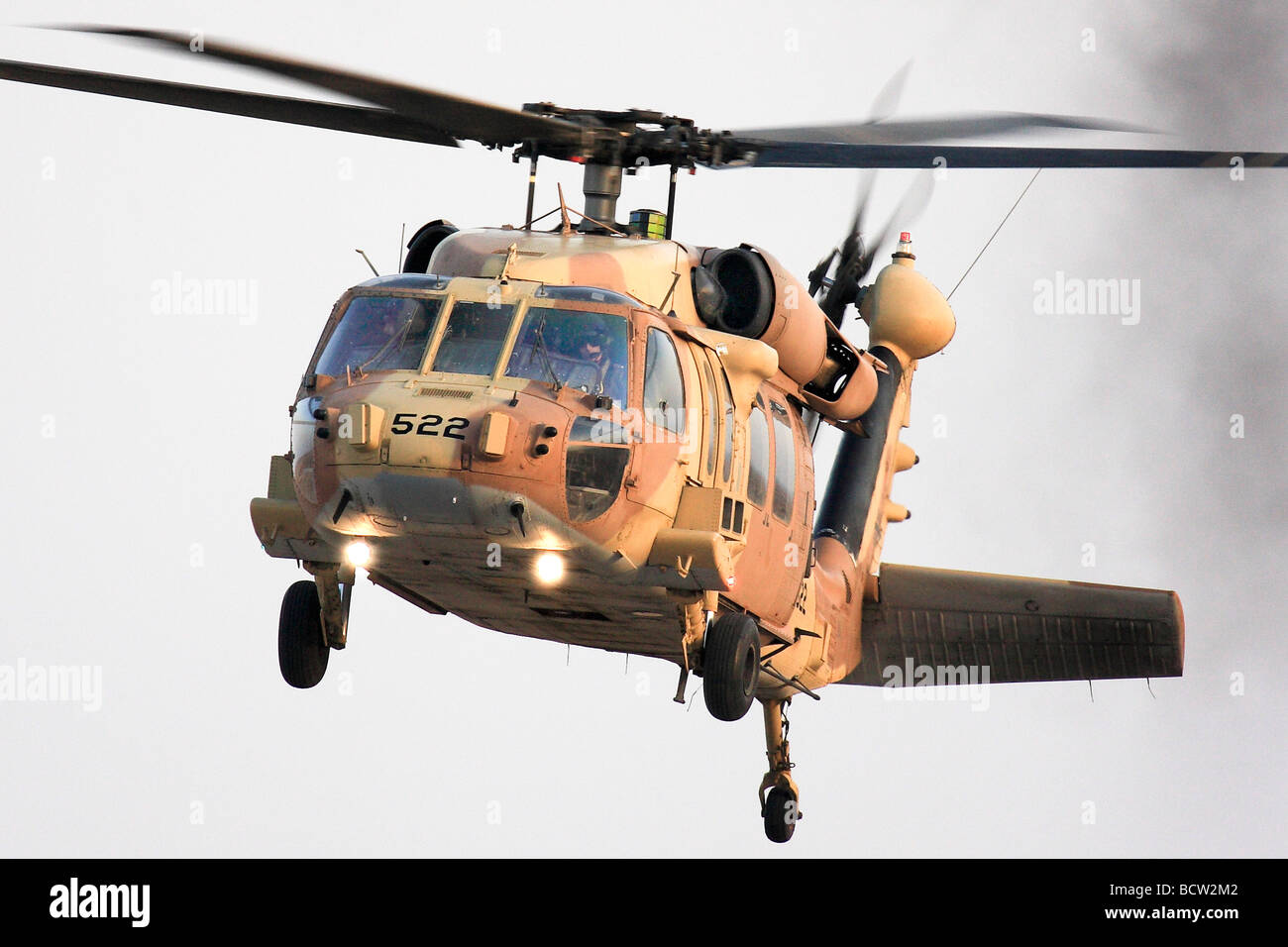High-Performance Multi-Role Rotorcraft Featuring Advanced Cabin Technologies and Integrated Sensing Unit Equipments
The realm of rotorcraft innovation has actually seen remarkable advancements in current times, especially in the realm of high-performance multi-role rotorcraft outfitted with advanced cockpit modern technologies and effortlessly incorporated sensing unit systems. In the following conversation, we will check out the evolution of rotorcraft innovation, dig into the world of innovative cockpit advancements, and analyze the effects of incorporated sensor systems on the functional convenience and efficiency of modern rotorcraft.
Development of Rotorcraft Innovation
The evolution of rotorcraft innovation has been noted by substantial improvements in the rules of aerodynamics, products, and propulsion systems, forming the abilities and efficiency of contemporary rotorcraft. Aerodynamic improvements have enhanced the efficiency and maneuverability of rotorcraft, enabling boosted rate, agility, and security during flight (sikorsky s 70). Advancements in materials, such as making use of composite products and advanced alloys, have caused lighter yet stronger rotorcraft structures, boosting general efficiency and longevity. Additionally, advancements in propulsion systems, consisting of more powerful engines and cutting-edge propulsion modern technologies, have actually made it possible for rotorcraft to achieve greater elevations, faster rates, and better payloads.
These advancements have not just changed the capacities of rotorcraft however have actually likewise increased their applications across different markets, including armed forces, business, and emergency solutions. The constant evolution of rotorcraft innovation remains to drive development in the area, pushing the boundaries of what is feasible and forming the future of upright flight.
Advanced Cabin Innovations
Structure upon the fundamental advancements in aerodynamics, materials, and propulsion systems, the world of rotorcraft modern technology currently shifts emphasis in the direction of pioneering Advanced Cockpit Innovations. The combination of sophisticated innovations within the cabin atmosphere plays an essential role in boosting the operational capabilities, safety and security, and efficiency of modern-day rotorcraft. sikorsky s 70. Advanced Cabin Innovations incorporate a large variety of attributes designed to give pilots with improved situational recognition, streamlined information management, and user-friendly control interfaces
Among the key advancements in cabin style is the execution of glass cockpits, which change traditional analog assesses with high-resolution screens. These electronic systems offer adjustable formats, real-time data combination, and boosted readability, allowing pilots to accessibility crucial info at a glance. Advanced avionics systems, such as fly-by-wire controls and augmented truth screens, are transforming how pilots interact with the aircraft, enabling for specific control and boosted decision-making abilities.


Integrating advanced cockpit innovations not just boosts pilot performance however additionally adds to general goal effectiveness and safety and security in intricate functional atmospheres. By leveraging modern technologies within the cockpit, rotorcraft suppliers are setting new standards for functional excellence and mission success.
Integrated Sensor Systems
With the evolution of rotorcraft technology, the assimilation of sophisticated Integrated Sensor Solution has become paramount in enhancing functional performance and safety and security. These Integrated Sensing unit Solutions encompass a large range of modern technologies that give important information for various features such as navigating, monitoring, targeting, and ecological surveillance. By flawlessly integrating sensing units like radars, electronic cameras, lidar, and infrared systems into rotorcraft, operators can take advantage of enhanced situational recognition, boosted mission abilities, and lowered pilot work.
One trick benefit of Integrated Sensor Solutions is their capability to collect real-time data and give workable understandings to pilots and goal drivers. For example, progressed radar systems can detect and track targets over cross countries, enabling very early hazard discovery and efficient response preparation. Additionally, integrating infrared and electro-optical cams makes it possible for rotorcraft to conduct reconnaissance and security missions with precision and precision.
Essentially, the integration of advanced sensor technologies into rotorcraft not only boosts operational effectiveness however additionally contributes dramatically to overall goal success and crew safety and security. As rotorcraft remain to evolve, the duty of Integrated Sensing unit Systems will most certainly continue to be at the forefront of advancement in the aerospace market.
Operational Versatility and Efficiency
Enhancing operational adaptability and performance in rotorcraft is a natural development from the assimilation of advanced Integrated Sensing unit Systems. By leveraging the insights and information provided by these innovative sensor systems, rotorcraft can optimize their performance across different objectives and environments.
Operational adaptability encompasses the ability of rotorcraft to adjust to different duties and circumstances you could try this out efficiently. With advanced cabin innovations and incorporated sensor systems, rotorcraft can seamlessly shift in between tasks such as search and rescue, medical evacuation, surveillance, and a lot more. This flexibility boosts the rotorcraft's capability to fulfill varied functional demands without calling for comprehensive reconfiguration.
Performance in rotorcraft operations is crucial for making best use of goal performance and source application. Integrated sensor systems play an essential role in improving functional efficiency by giving real-time data on weather, terrain mapping, target monitoring, and extra. This data enables pilots to make informed decisions promptly, maximize trip courses, save fuel, and enhance overall goal performance.
Influence On Modern Air Travel Workflow

Moreover, the combination of advanced sensors promotes improved goal preparation and execution, enabling rotorcraft to carry out a vast array of jobs with improved click for source accuracy. From search and rescue procedures to airborne firefighting and legislation enforcement missions, the capacities of modern rotorcraft equipped with sophisticated cockpit modern technologies and integrated sensor systems are exceptional.
Moreover, the influence of these advancements extends beyond operational effectiveness to cost-effectiveness and sustainability. By optimizing flight routes, fuel consumption, and upkeep timetables, high-performance rotorcraft equipped with sophisticated cockpit innovations and sensors add to decreasing functional prices and ecological effect, making them important assets in modern aviation operations.
Conclusion
Finally, the high-performance multi-role rotorcraft with advanced cockpit technologies and integrated sensor systems represents a significant development in air travel innovation. These advancements enhance operational adaptability and effectiveness, inevitably affecting modern aviation procedures in a favorable means. The integration of these sophisticated modern technologies permits for enhanced capabilities and performance in various goal scenarios, showcasing the continued improvement of rotorcraft technology in the aeronautics industry.
The realm of rotorcraft innovation has seen noteworthy innovations in recent times, especially in the realm of high-performance multi-role rotorcraft equipped with innovative cabin technologies and flawlessly incorporated sensing unit systems. From enhanced objective adaptability to boosted operational efficiency, the merging of sophisticated cabin technologies and incorporated sensor systems has actually ushered in a new period of opportunities for rotorcraft applications. In the following conversation, we will certainly check out the development of rotorcraft technology, dig into the realm of advanced cockpit innovations, and take a look at the effects of incorporated sensor systems on the operational adaptability and performance of modern-day rotorcraft.
